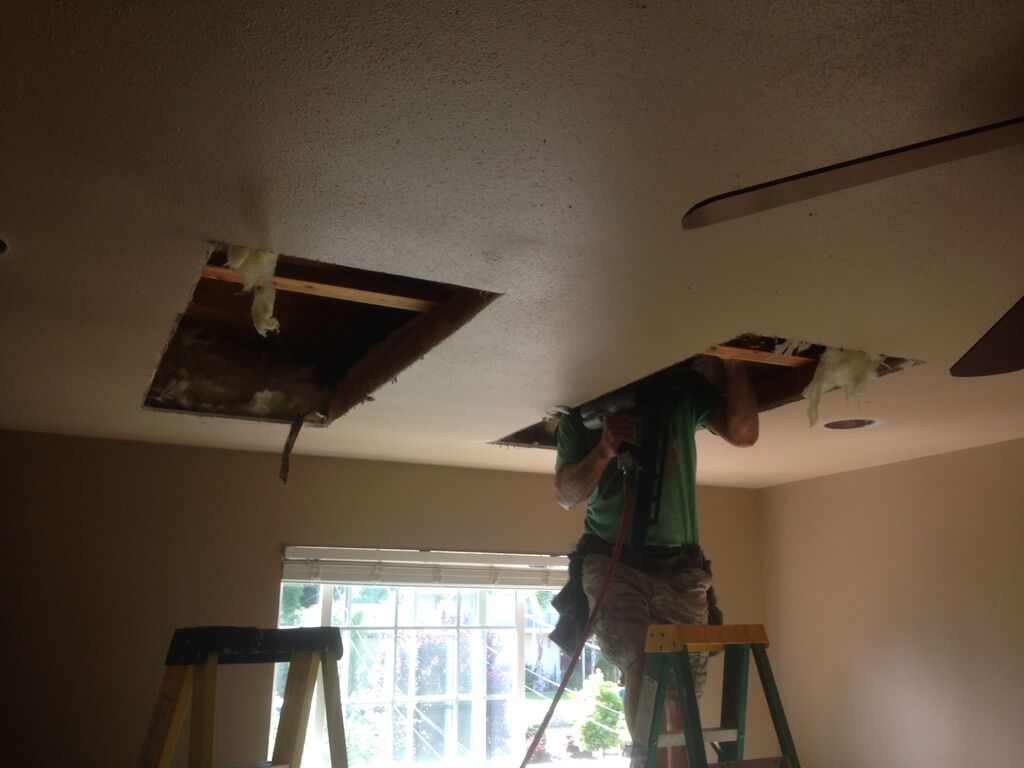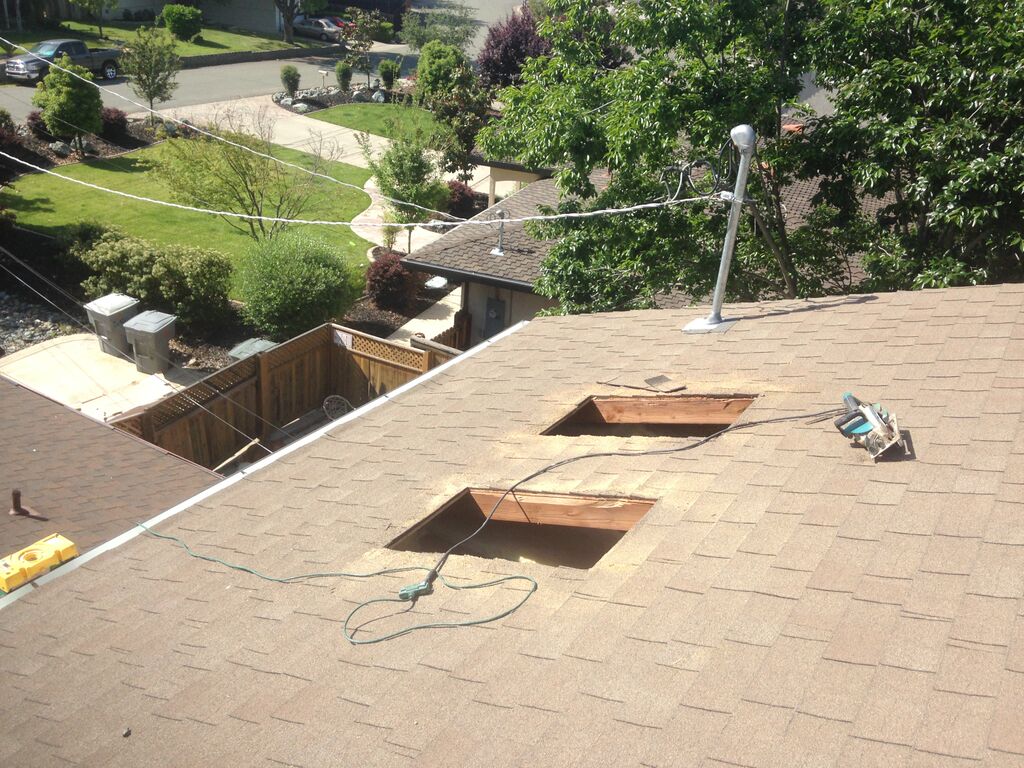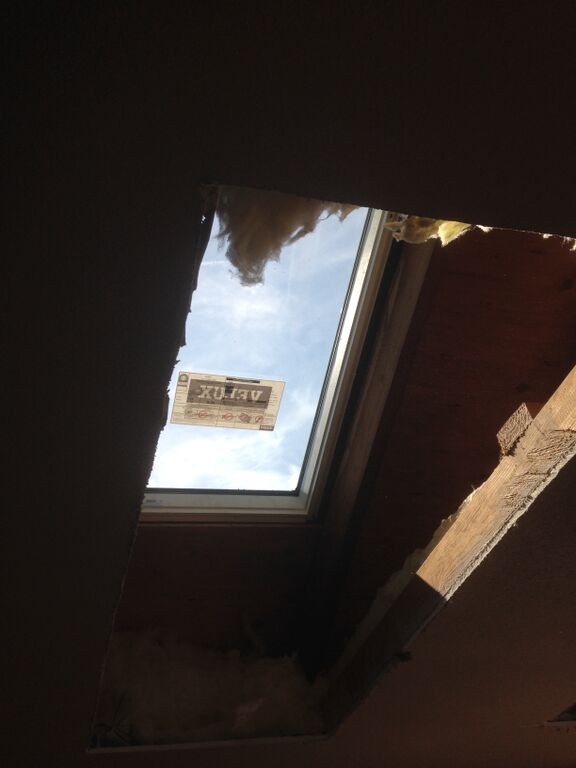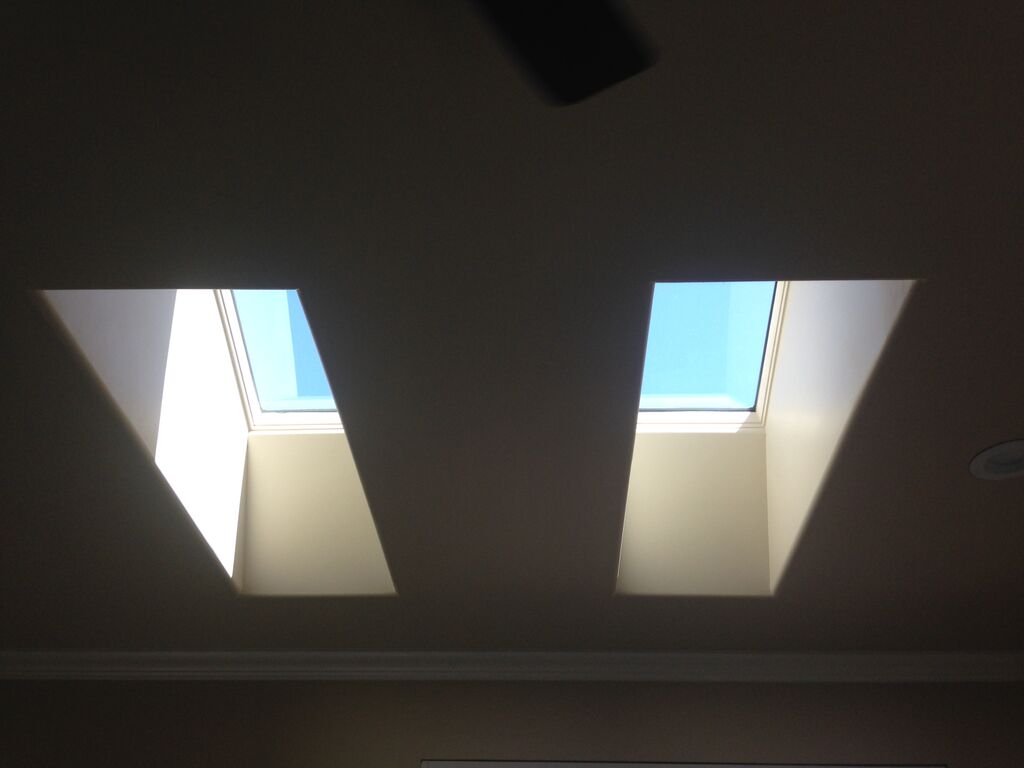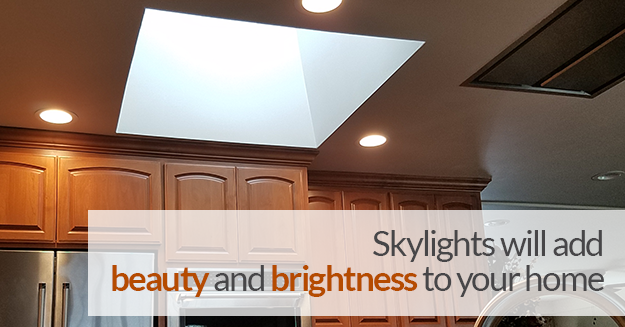
Today’s home buyers want open floor plans, high ceilings and lots of light – features builders are providing. But not everyone is looking to buy a new home. If yours is older and boxy, but you’d prefer brighter and more spacious, and your walls cannot accommodate any more windows, we suggest an affordable and often beautiful fix: skylights.
Skylights are essentially windows tucked into off-the-wall spaces that add light, expand your home’s closeness and create a natural ambiance in your room. They come in many sizes and styles or can be custom-crafted to exactly fit your needs. You can put skylights into any ceiling, whether yours is flat, follows your roof line or has an attic above it. Small windows high on a wall are also a form of skylight.
If you’re in the market for skylights, you have two basic style choices: square or rectangular of any size; or small, round ones. The larger skylights can either be fixed – meaning they won’t open – or vented, meaning they will. Installation includes cutting into your ceiling or wall and framing around the new skylight.
Before your contractor starts any project, he or she should determine whether you’ll need permits and ensure you have safe floor-level windows for escape during a fire. Then you can decide which type of skylight you want.
Compare these two basic types to see which works best for you:
Fixed or venting skylights
These are usually rectangular or square and can be large or installed in pairs or groups for a stunning effect. If you want this type of skylight, you need to determine how they should be placed to receive maximum light – you won’t add much brightness if your skylight is under a large tree or in the shadow of a tall building.
To install, your contractor will cut through the ceiling and place the skylight into the roof – any type of roof – framing it in and putting up new sheetrock, if needed. If your ceiling is low or you have an attic, they’ll build a box around the skylight. This is functional but can add artistic interest to your room as well.
You can choose to have your skylight fixed or vented. Fixed skylights are permanently sealed. Venting skylights open by pushing up about six inches at one end. You can often lift these manually, but most people prefer the ones that operate by remote control. You can also add covers to your skylight if you’d like the option of blocking out the light.
Venting skylights can add fresh air and circulation to a room, but extra care must be taken to make them absolutely watertight.
Tubular skylights
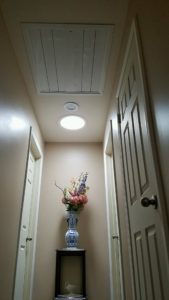
These are small, usually round skylights installed using flexible solar tubes. Unlike full skylights, these can fit almost anywhere, even sometimes in walls.
Once you decide where in your ceiling you want your light, your contractor places a reflective tube from your ceiling to the roof. The reflective property magnifies the light. These tubes don’t have to go straight up – they can be placed at angles, through your attic, for instance, to fit them in or capture the best light. If you want more than one, the tubes can be branched from a single hole in the roof to several spots in your ceiling. It’s always easier and less expensive to cut the roof only once.
These tubular skylights are a pretty addition to your decor. They’re round and fairly small – generally 10 to 20 inches in diameter – and during the daytime they look like recessed electrical lights in your ceiling. They’re perfect for dark hallways.
Skylights of any type can add dramatic interest to your home. Over time, you can save on energy costs by reducing your use of electrical lights. They make rooms feel more expansive, and they bring nature and sunlight into your once-dark spaces.
If you’re thinking of adding skylights, call GBHD or a local contractor in your area for an appointment to talk about your options.

